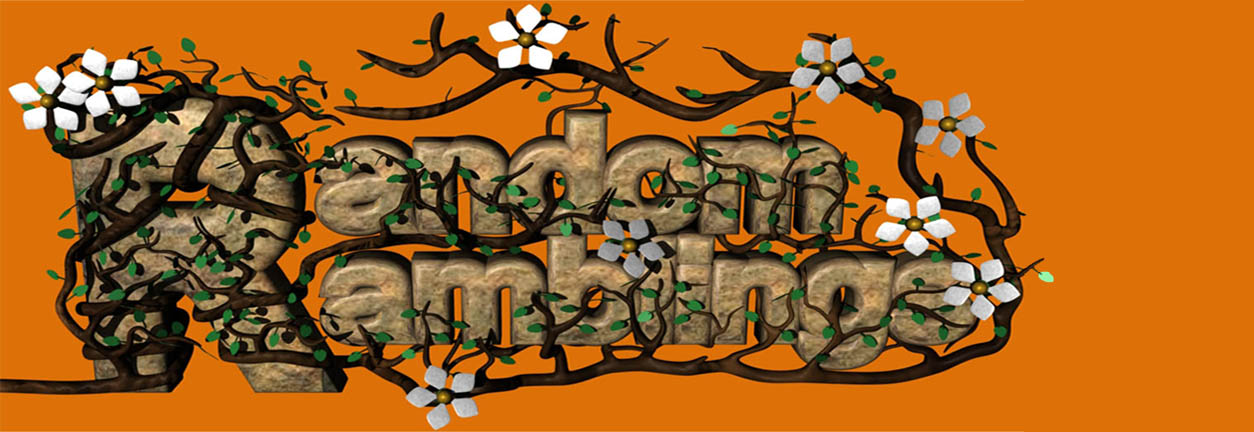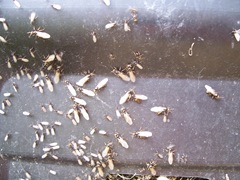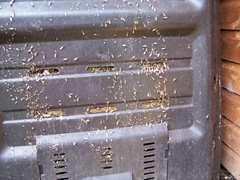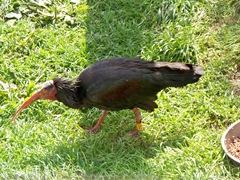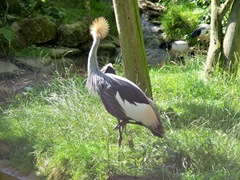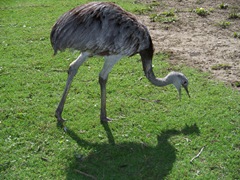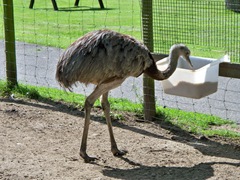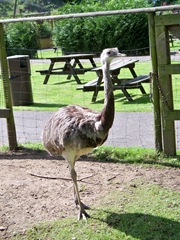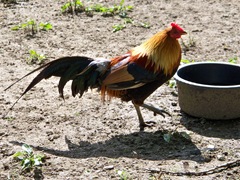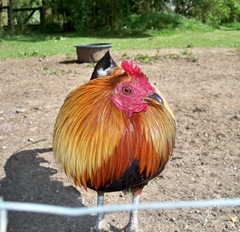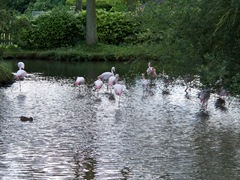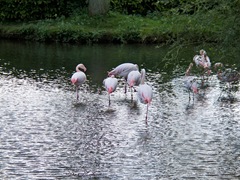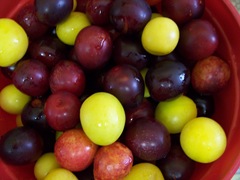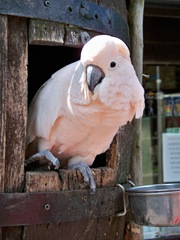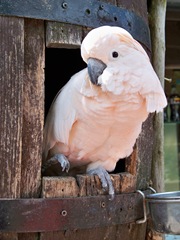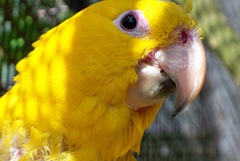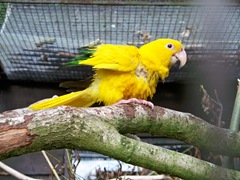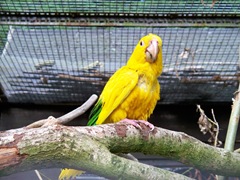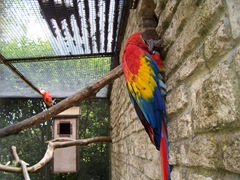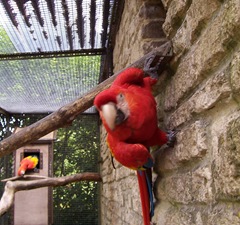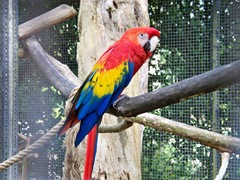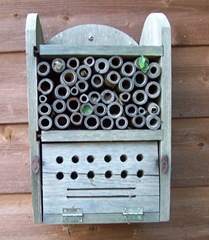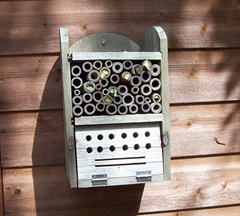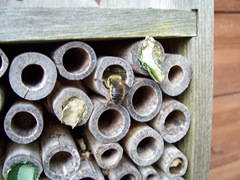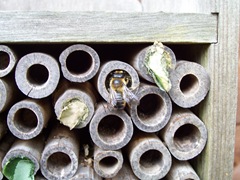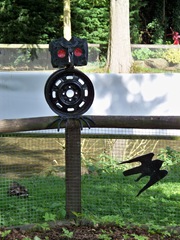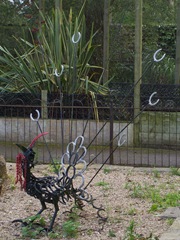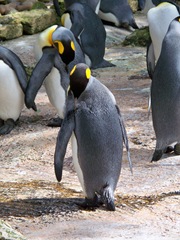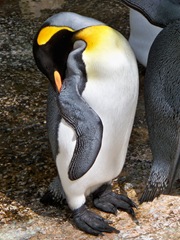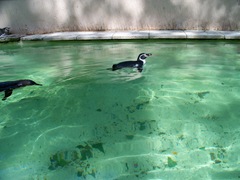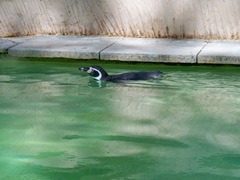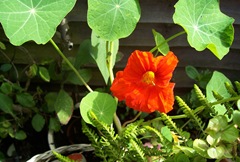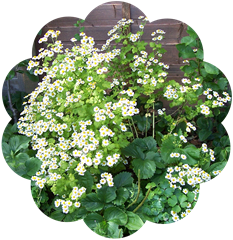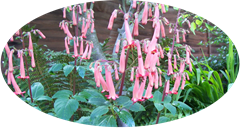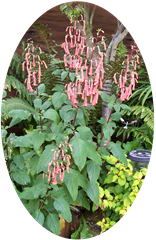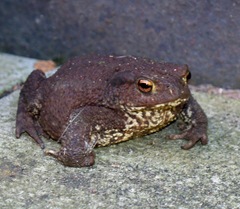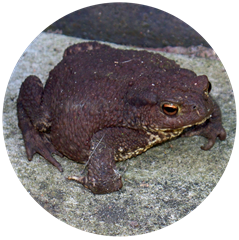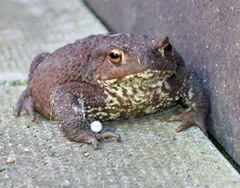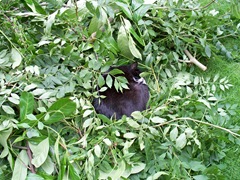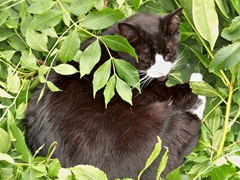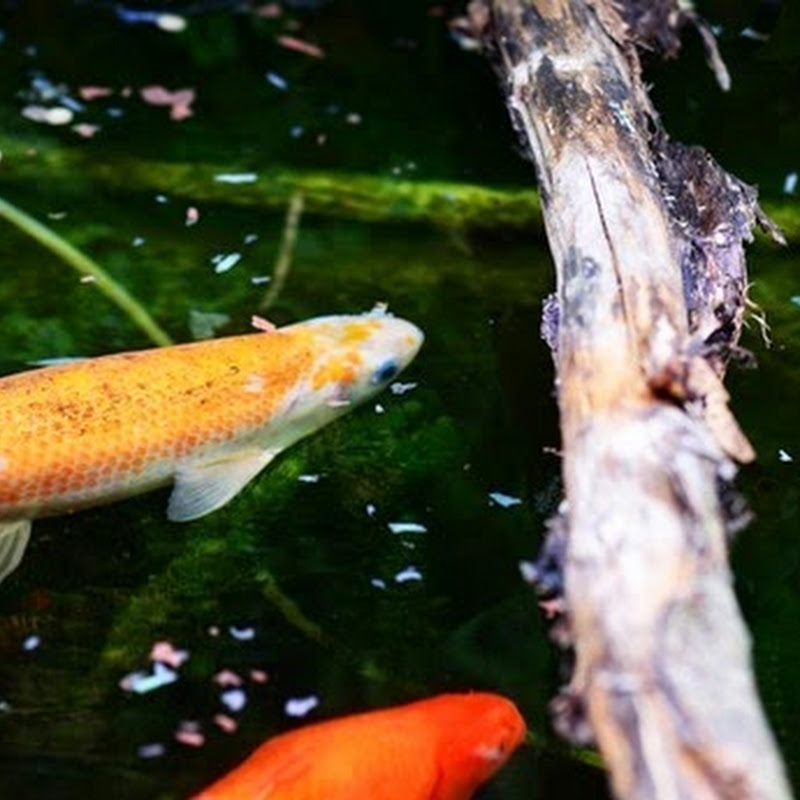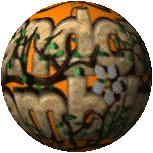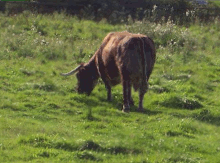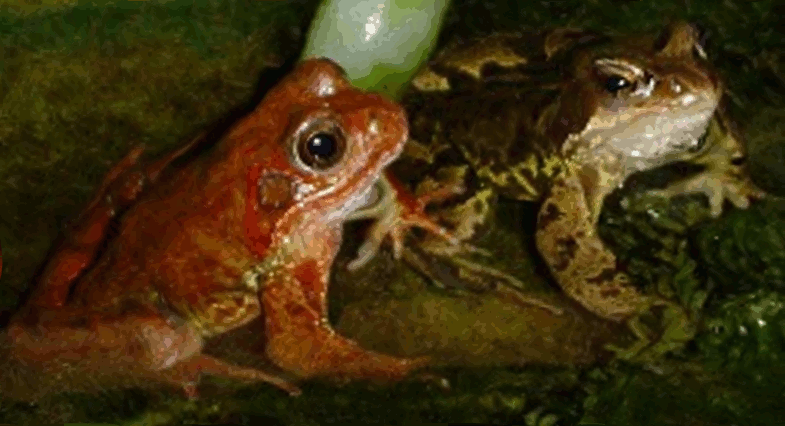I know of two young ladies who share a house together, both have similar office jobs. They have identical diets, walk at least half-an-hour each day and regularly visit the gym. One weighs around seven-and-a-half stone (105 lbs) the other weighs ten-and-a half stone (147 lbs).
Nutritionists, doctors, dieticians and anyone else in the dieting industry never appear to take into account that every human being is different. The old saying that ‘one man’s meat is another man’s poison’ applies more to the struggle of either obtaining or maintaining a reasonable weight than perhaps to any other reference.
There appear to be two types of people – one is designed for conditions of plenty and the other for times when food is not so abundant. So it is dependent upon which type of person you are as to whether you will struggle to put weight on or struggle to get weight off. The difficulty can be exacerbated in effect by following a commercial dieting plan as they do not seem to allow for differences in make-up.
There are several things that are worth taking into consideration – fruit is especially volatile and fattening. Yes, it contains all kinds of vitamins, minerals and roughage … but it also contains vast amounts of sugar and is often difficult to digest unless first lightly cooked. Dried fruit is also best eaten after cooking as it has a propensity to sit in the large intestine and produce gas. Vegetables should be split into two categories – roots and greens. Always remember that although most dieticians tell you that you can eat as many greens as you like … there is a price to pay for doing so – greens help the body store liquid so they tend to cause bloating – greens are sometimes difficult to digest. Ruminants such as cows have two stomachs to help them digest greens and elephants that also eat greens do most of their digesting once the greens have left the stomach – this is a very slow process as the greens thread their way around the gut and look at the size of an elephant.
So when trying to change your weight it is best to do it the old fashioned way and that is simply by cutting portions. Take out those foods that you know are definitely fattening such as cakes, biscuits, buns, burgers, etc and the rest try eating half the quantity that you usually eat. By restricting portion size you are less inclined to become deficient in vital vitamins, minerals and amino acids. If you need to gain weight then usually this is best done by adding in extra meal times – start by introducing a simple supper around 9.00 pm then if this is not sufficient add a mid-morning snack that contains both protein and carbohydrate. To gain wait extra quickly then add small snacks of nuts and seeds – these are very nutritious and help to increase weight and distribute it evenly.
Nature’s own gastric band
We are all born with a natural gastric band. The problem is with modern lifestyles is, we have to teach our bodies to switch it on. We can do this very easily: firstly, make a fist (any hand will do) then look at it from every direction – the size of your fist measures exactly the same as your stomach; secondly, your stomach sends a message to your brain which takes much longer than a nerve message to register pain – it takes a full twenty minutes for a brain to register that it has had enough to eat! At one time meals were eaten slowly – anything from twenty-five minutes to an hour-and-a-half – people ate much, much less than they do today but they still felt full up. In order for your own natural gastric band to operate you need to take longer to eat your meals – a minimum of twenty-minutes has been found to be ideal.
Here is a little saying that is very old but tells us which nuts are useful for what particular thing:
Nutty knowledge
‘Almonds for athletics
Brazil nuts for brawn
Coconut for cleansing
Hazelnuts for happiness and health
Walnuts for wisdom’
Author: A Bullivant
